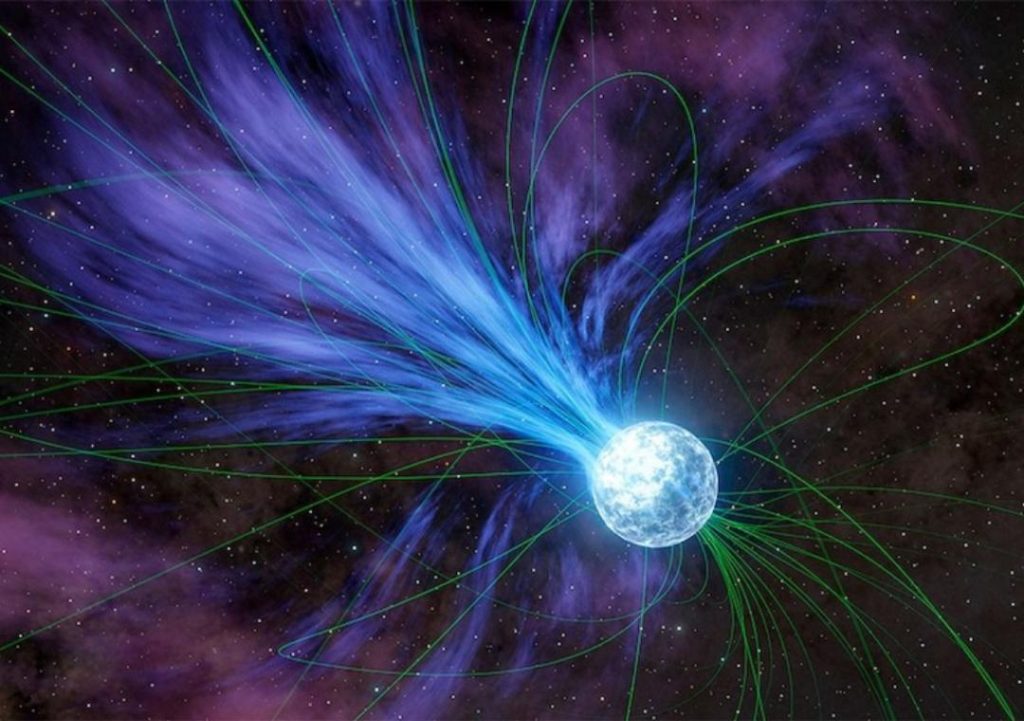
Gold & Platinum Created through Neutron Stars’ Explosions: Study
For centuries, humans have been fascinated by the origin of precious metals like gold and platinum. While we’ve long known that these metals are formed through natural processes on Earth, the exact mechanism behind their creation has remained a mystery. Recently, a groundbreaking study led by Columbia University student Anirudh Patel has shed new light on the formation of these precious metals, revealing that they are created through the explosions of magnetars, or highly magnetized neutron stars.
According to the study, magnetars are thought to have played a crucial role in the creation of elements like gold and platinum during a cosmic event that occurred over 20 years ago. The explosions of these magnetars released flares that contained these elements, which were then dispersed throughout the universe.
But how exactly do magnetars produce gold and platinum? The answer lies in the extreme conditions that exist at the heart of these stars. Neutron stars are incredibly dense objects that are formed when a massive star undergoes a supernova explosion. They have incredibly strong magnetic fields, which are thought to be responsible for the creation of these precious metals.
The process begins when the magnetar’s magnetic field becomes unstable and begins to fluctuate wildly. This instability triggers a massive release of energy, which is then released as a flare that shoots out into space. As this flare travels through the universe, it encounters the surrounding gas and dust, which are rich in elements like hydrogen and helium.
Through a process known as nuclear fusion, these lighter elements are combined to form heavier elements, including gold and platinum. This process occurs when the flare’s intense energy interacts with the surrounding gas and dust, creating the perfect conditions for nuclear reactions to take place.
But how often do these magnetar explosions occur? According to the study, they happen approximately once per decade in the Milky Way galaxy, and annually across the observable universe. This means that the creation of gold and platinum is a relatively rare event, but it’s one that has been occurring throughout the universe’s history.
So, where did the precious metal gold come from? Until recently, scientists had been unable to pinpoint the exact origin of gold. However, the discovery of magnetars and their role in creating gold and platinum has finally provided the answer.
In an interview with NASA, Patel explained the significance of the study: “This is a major breakthrough in understanding the origin of the elements, particularly gold and platinum. We’ve long known that these elements are formed through nuclear reactions in the universe, but we didn’t know exactly how or where they were formed.”
The study’s findings have significant implications for our understanding of the universe and the creation of precious metals. It suggests that the universe is a vast, dynamic laboratory where elements are constantly being created and destroyed.
As Patel noted, “This study shows that the universe is a much more dynamic and complex place than we previously thought. It’s a reminder that there’s still so much to learn about the universe and its many mysteries.”
In conclusion, the study led by Columbia University student Anirudh Patel has shed new light on the origin of precious metals like gold and platinum. Through the explosions of magnetars, these elements are created through nuclear fusion in the extreme conditions that exist at the heart of these stars. While the process is relatively rare, it’s one that has been occurring throughout the universe’s history, and has finally provided the answer to the question of where the precious metal gold came from.






